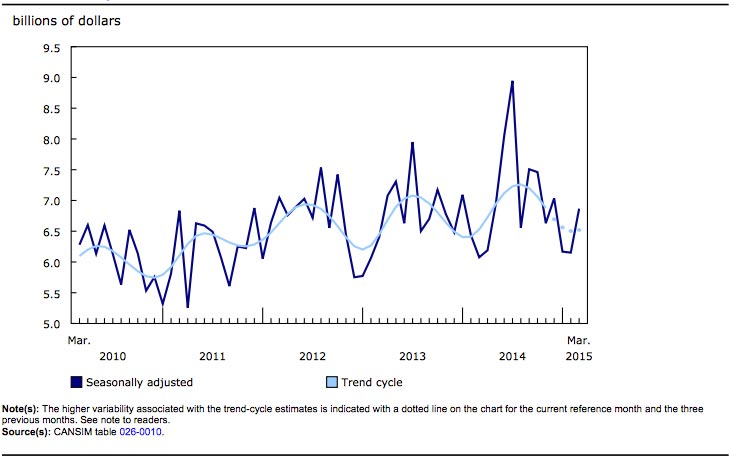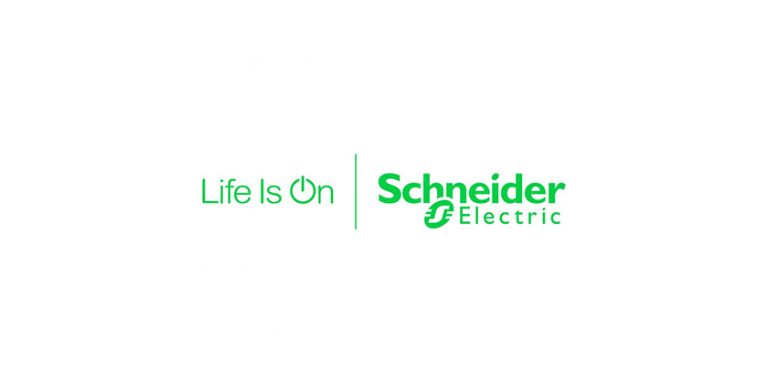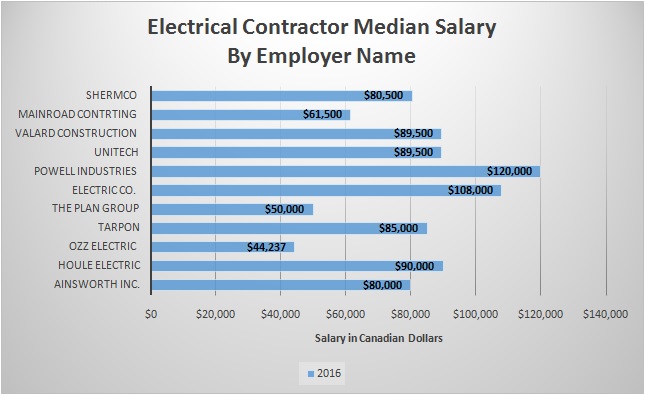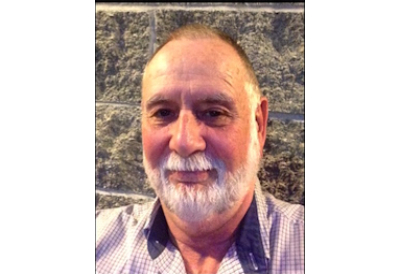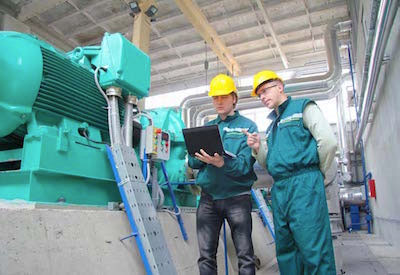A Road Map to the CE Code, Part I – Installment 2

Bill Burr
The CE Code is a comprehensive document. Sometimes it can seem quite daunting to find quickly the information you need. This series of articles provides a guide to help users find their way through this critical document. This is not intended to replace the notes in Appendix B or the explanations of individual requirements contained in the CEC Handbook , but will hopefully provide some help in navigating the code.
Section 2 – General Rules
Administrative
In Section 2 we encounter the first numbered rules in the code.The rules from 2-000 to 2-032 are categorized as administrative rules. These rules establish the authority of the inspection department with respect to the code and outline the code’soperative functions, such as permits, applications, paying fees, posting permits, notification for inspection, submitting plans and specifications, current-permits, reinspection, renovation, use of approved equipment, powers of rejection, availability of work for inspection, deviation or postponement, and damage and interference.These are the rules most likely to be amended by provincial or territorial authorities having jurisdictionbecause inspection departments may require different administrative procedures than those set out in the code.
Because these administrative rules are not technical in nature, amendments to them do not affect the consensus safety principles of the code’s technical rules.Also note that, as mentioned in the preface, Rule 2-002 establishes that where there are code sections covering particular installations, those rules do not cover all the rules that apply for that installation, but supplement or amend the rules in the general sections covering all installations.
Technical General
Next we move to the Technical part of the General Rules.These rules cover general safety aspects required of all electrical equipment and installations.The main topics include
• General
• Protection of Persons and Property
• Maintenance
• Enclosures
The General topic rules 2-100 to 2-104 deal primarily with required attributes of electrical equipment. Such topics as equipment markings, warning and caution markings, and ratings of equipment are included here.Although these requirements are also contained in the Part II Product Standards, the CEC Part I being the senior code document, the requirements are established here.
Rules 2-106 to 2-124 contain general requirements governing some specific conditions applying to equipment, such as using rebuilt equipment, substitution, and circuit voltage to ground in dwelling units. Other rules apply to conditions of installations like quality of work, material to be used for anchoring in masonry and concrete, corrosion protection for material used in wiring, soldering fluxes, use of AWG sizes for wire, accessibility of electrical equipment and nameplates, and the installation of other equipment near electrical equipment.
Rules 2-126 to 2-132 discuss requirements for the use of thermal insulation near or adjacent to electrical equipment, control of fire spread, and control of flame spread of wiring, cables and non-metallic raceway in accordance with the National Building Code of Canada requirements, which are referenced in Appendices B and G.
Rules 2-134 and 2-136 give sunlight resistance requirements for wire cable and non-metallic raceways and the insulation integrity of the finished installation. The final rule in the 2-100 series, rule 2-138, prohibits the use of Class A GFCIs being used as a substitute for insulation or grounding except as permitted by Rules 10-408(4) and 26-700(8).
Protection of Persons and Property: rules 2-200 and 2-202 require electrical equipment to be installed and guarded for the safety of persons and protection of equipment and the guarding of bare live parts.
The next 2-300 to 2-324 series of rules deals with Maintenance and Operation. These rules cover the need to keep electrical equipment well maintained, in good working order and tested for proper operation.As well, these rules specify safe working practices for maintaining equipment in hazardous locations, disconnection of live equipment, provisions for shock and arc flash protection and working space around electrical equipment, as well as adequate entrance and exit provisions for spaces containing electrical equipment.
Rules 2-312 to 2-324 cover placement of electrical equipment, accessibility for maintenance and proper illumination, ventilation, drainage and clearances from flammable materials and combustible gas equipment. In addition, rule 2-314 requires a receptacle to be provided for maintenance of HVAC equipment located on a rooftop.
Enclosures: rules 2-400 to 2-404 cover the types, uses and marking of enclosures and motors for various environmental conditions.
These are the administrative and general technical rules that apply to all electrical equipment and installations.You will often need to refer to these in combination with the specific rules of the Code to ensure compliance and an essentially safe installation.
In the next article we will explore Section 4 – Conductors. The previous article explored the code’s introductory pages and preface.
Read the rest of the instalments in the series:
Part 1: Guide to the CE Code, Part I – A Roadmap (Installment 1 in a Series)
Part 2: A Road Map to the CE Code, Part I – Installment 2
Part 3: Guide to the Canadian Electrical Code, Part I – Installment 3
Part 4: A Road Map to the CE Code, Part 1 – Installment 4
Part 5: Guide to the Canadian Electrical Code, Part I — Installment 5
Part 6: Guide to the Canadian Electrical Code, Part I — Installment 6
Part 7: Guide to the Canadian Electrical Code, Part I — Installment 7
Part 8: Guide to the Canadian Electrical Code, Part I — Installment 8
Part 9: Guide to the Canadian Electrical Code, Part I — Installment 9
Part 10: Guide to the Canadian Electrical Code, Part 1 – Installment 10
Part 11: Guide to the Canadian Electrical Code, Part 1 – Installment 11
William (Bill) Burr is the former Chair of the Canadian Advisory Council on Electrical Safety (CACES), former Director of Electrical and Elevator Safety for the Province of BC, and former Director of Electrical and Gas Standards Development and former Director of Conformity Assessment at CSA Group. Bill can be reached at Burr and Associates Consulting billburr@gmail.com.



